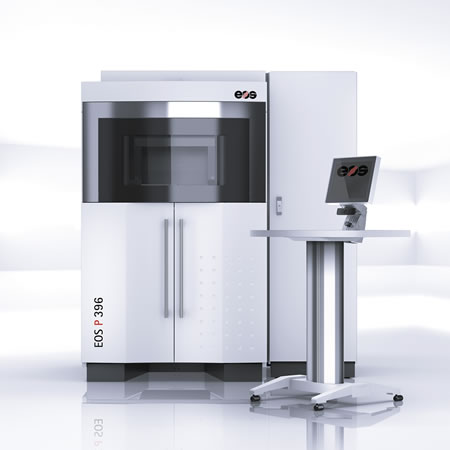
Benefits of Using 3D Printing
- Manufacturing of specialized machine components with complex design
- Reducing the need for assembly by integrating the parts to 3D print as one
- Eliminate waste by using exact material required
- Produced prototypes in a matter of days without incurring heavy investment in tooling.
Direct Metal Laser Sintering (DMLS)

Selective Laser Sintering (SLS)

Fused Deposition Modeling (FDM)

Multi Jet Fusion

PolyJet

SLA/DLP
